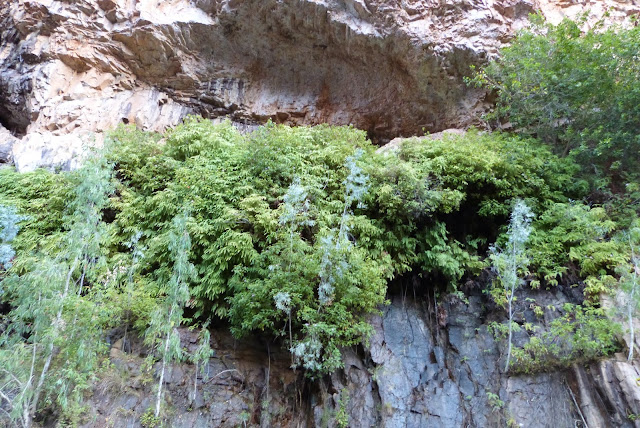Goodness, it’s already ten days since my last post . . . and finally I can talk about my remarkable time in the famous Kakadu National Park, where so many of our unique Australian bird species can be found.
Fortunately, like many of our significant parks, Kakadu is under the management of Aboriginal people, who are so much better at looking after the land and its wildlife in a sustainable way than most other Australians.
I was a little surprised when we entered the park, as having hear about its rich birdlife I mistakenly thought it would be more densely wooded, but very soon I realised it is a wetlands. We went on a memorable cruise on a billabong, and while we saw trees, the landscape was dominated by grasslands and shrubs. There were lots of reeds and native waterlilies along the waterways, and an abundance of different kinds of waterbirds, despite the presence of crocodiles in the water. And there were also eagles in the trees. It was just a magical, almost ethereal, kind of beauty. I just love birds! And flowers! So I was in my heaven.
What I could not believe was the other passengers in our boats who kept draping their hands over the sides of the boats, which did not rise far above the water, despite the warnings from our special guides to keep their arms and hands totally inside in case a crocodile came close. If they had seen the jumping crocodiles I saw just outside Darwin (see my earlier post), then perhaps they would have been more careful. But lucky for them, no-one suffered any consequences for their foolishness.
Mind you, it would be even more dangerous in the Wet Season when much of the area floods and crocodiles can access just about everywhere.
On the way to Kakadu we saw some remarkably tall termite mounds, so my first photo shows you one of these. Over our whole journey, we saw countless termites mounds of different colours and shares and sizes. While termites (or white ants, as they are commonly called) can quickly destroy the timber in houses and other structures in built-up areas, here they play a very important role in the ecosystem.
I hope you enjoy the photos of some of the remarkable birds and flowers I saw. It was quite difficult to photograph them as both the boat and the birds were constantly moving, so I had to try to zoom in on them very quickly. I have added the warning sign for crocodiles and a photo of one of the crocodiles we saw as well. We saw many such warning signs in the area.
 |
| I think this was a sea eagle. It was very high up in a tree. |
 |
| These birds in particular captivated me as they walked across the lily pads - but so very quickly. |
 |
| Drying off its feathers. |






















































